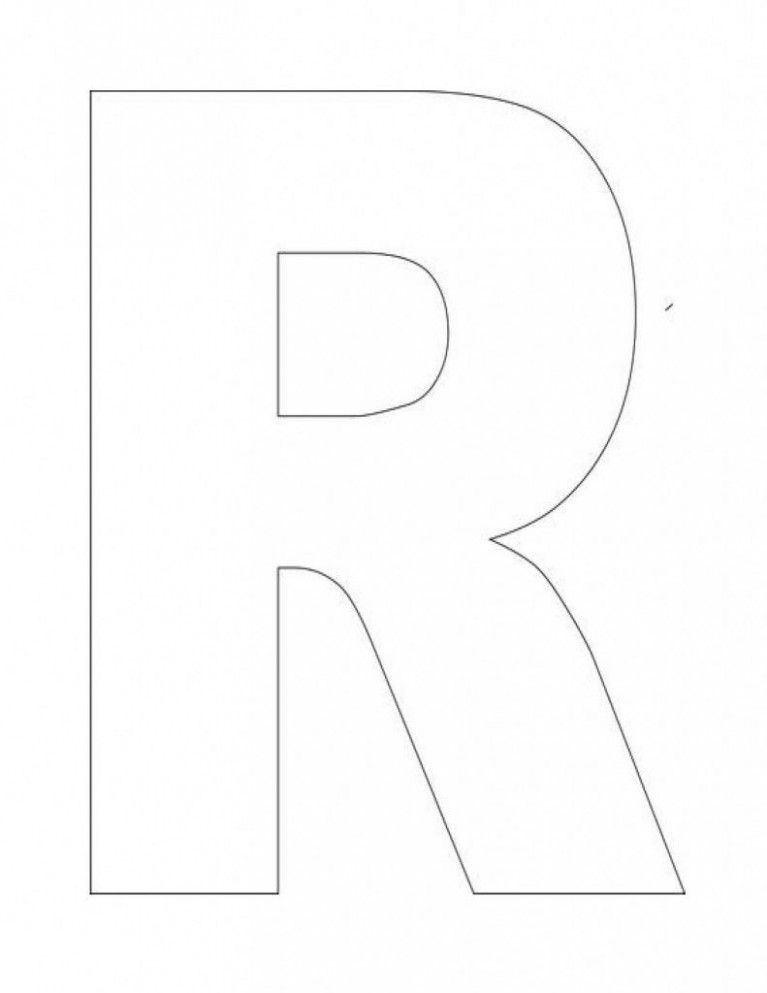
What is R in computer science?
R is a programming language and free software environment for statistical computing and graphics supported by the R Core Team and the R Foundation for Statistical Computing. The R language is widely used among statisticians and data miners for developing statistical software and data analysis.
What is statistical R?
R and its libraries implement various statistical and graphical techniques, including linear and nonlinear modeling, classical statistical tests , spatial and time-series analysis, classification, clustering, and others. R is easily extensible through functions and extensions, and its community is noted for contributing packages. Many of R's standard functions are written in R, which makes it easy for users to follow the algorithmic choices made. For computationally intensive tasks, C, C++, and Fortran code can be linked and called at run time. Advanced users can write C, C++, Java, .NET or Python code to manipulate R objects directly. R is highly extensible through the use of packages for specific functions and specific applications. Due to its S heritage, R has stronger object-oriented programming facilities than most statistical computing languages. Extending it is facilitated by its lexical scoping rules.
What is R data structure?
Like languages such as APL and MATLAB, R supports matrix arithmetic. R's data structures include vectors, matrices, arrays, data frames (similar to tables in a relational database) and lists. Arrays are stored in column-major order. R's extensible object system includes objects for (among others): regression models, time-series and geo-spatial coordinates. R has no scalar data type. Instead, a scalar is represented as a length-one vector.
What is R in computer?
R is an interpreted language; users typically access it through a command-line interpreter. If a user types 2+2 at the R command prompt and presses enter, the computer replies with 4, as shown below:
What is the R software environment?
The official R software environment is a GNU package. It is written primarily in C, Fortran, and R itself (partially self-hosting) and is available under the GNU General Public License. Precompiled executables are provided for various operating systems. It has a command line interface. Multiple third-party graphical user interfaces are available, such as RStudio, an integrated development environment; and Jupyter, a notebook interface .
What is R used for?
R is a programming language and free software environment for statistical computing and graphics supported by the R Core Team and the R Foundation for Statistical Computing. The R language is widely used among statisticians and data miners for developing statistical software and data analysis.
When was S created?
S was created by John Chambers in 1976 while at Bell Labs. A commercial version of S was offered as S-PLUS starting in 1988. Much of the code written for S-PLUS runs unaltered in R. In 1991 Ross Ihaka and Robert Gentleman at the University of Auckland, New Zealand, began an alternative implementation of the basic S language, ...
Who created R?
R was created by Ross Ihaka and Robert Gentleman at the University of Auckland, New Zealand, and is currently developed by the R Development Core Team. R is freely available under the GNU General Public License, and pre-compiled binary versions are provided for various operating systems like Linux, Windows and Mac.
What is R software?
R is a programming language and software environment for statistical analysis, graphics representation and reporting. R was created by Ross Ihaka and Robert Gentleman at the University of Auckland, New Zealand, and is currently developed by the R Development Core Team. R is freely available under the GNU General Public License, ...
What is R in chemistry?
R- a unit of radiation exposure; the dose of ionizing radiation that will produce 1 electrostatic unit of electricity in 1 cc of dry air
What does R mean in movies?
R 1. A trademark for a movie rating indicating that admission will be granted only to persons of or over a certain age, usually 17, unless accompanied by a parent or guardian.
What is restricted rating?
4. restricted: a motion-picture rating advising that children under 17 will not be admitted unless accompanied by an adult. Compare G (def. 2),NC-17, PG,PG-13,X (def. 7).
What is the intrinsic rate of increase of a population?
the intrinsic rate of increase of a population, equivalent to the difference between the birth and death rates divided by the number of individuals in the population. Also called Malthusian parameter.
What is a movie rating?
A trademark for a movie rating indicating that admission will be granted only to persons of or over a certain age, usually 17, unless accompanied by a parent or guardian.
Which alphabet evolved by the ancient Romans?
Latin alphabet, Roman alphabet- the alphabet evolved by the ancient Romans which serves for writing most of the languages of western Europe
Examples in Each Chapter
With our "Try it Yourself" editor, you can edit R code and view the result.
R Examples
Learn by examples! This tutorial supplements all explanations with clarifying examples.
R Quiz
Learn by taking a quiz! This quiz will give you a signal of how much you know about R.
What is the purpose of controlling, organizing, and govern your use of R packages?
Control, organize, and govern your use of R packages to increase reproducibility and decrease the time you spend installing and troubleshooting.
What is RStudio software?
RStudio provides free and open source tools for R and enterprise-ready professional software for data science teams to develop and share their work at scale.

Overview
R is a programming language for statistical computing and graphics supported by the R Core Team and the R Foundation for Statistical Computing. Created by statisticians Ross Ihaka and Robert Gentleman, R is used among data miners and statisticians for data analysis and developing statistical software. Users have created packages to augment the functions of the R language.
History
R is an open-source implementation of the S programming language combined with lexical scoping semantics from Scheme, which allow objects to be defined in predetermined blocks rather than the entirety of the code. S was created by Rick Becker, John Chambers, Doug Dunn, Jean McRae, and Judy Schilling at Bell Labs around 1976. Designed for statistical analysis, the language is an interpreted language whose code could be directly run without a compiler. Many programs writte…
Features
R's data structures include vectors, arrays, lists, and data frames. Vectors are ordered collections of values and can be mapped to arrays of one or more dimensions in a column major order. That is, given an ordered collection of dimensions, one fills in values along the first dimension first, then fill in one-dimensional arrays across the second dimension, and so on. R supports array arithmetics and in this regard is like languages such as APL and MATLAB. The special case of a…
Packages
R's capabilities are extended through user-created packages, which offer statistical techniques, graphical devices, import/export, reporting (RMarkdown, knitr, Sweave), etc. R's packages and the ease of installing and using them, has been cited as driving the language's widespread adoption in data science. The packaging system is also used by researchers to create compendia to organise research data, code and report files in a systematic way for sharing and archiving.
Interfaces
Various applications can be used to edit or run R code.
Early developers preferred to run R via the command line console, succeeded by those who prefer an IDE. IDEs for R include (in alphabetical order) Rattle GUI, R Commander, RKWard, RStudio, and Tinn-R. R is also supported in multi-purpose IDEs such as Eclipse via the StatET plugin, and Visual Studio via the R Tools for Visual Studio. Of these, RStudio is the most commonly used.
Implementations
The main R implementation is written in R, C, and Fortran. Several other implementations aimed at improving speed or increasing extensibility. A closely related implementation is pqR (pretty quick R) by Radford M. Neal with improved memory management and support for automatic multithreading. Renjin and FastR are Java implementations of R for use in a Java Virtual Machine. CXXR, rho, and Riposte are implementations of R in C++. Renjin, Riposte, and pqR attempt to impr…
Communities
R has local communities worldwide for users to network, share ideas, and learn.
A growing number of R events bring users together, such as conferences (e.g. useR!, WhyR?, conectaR, SatRdays), meetups, as well as R-Ladies groups that promote gender diversity. The R Foundation taskforce focuses on women and other under-represented groups.
useR! conferences
The official annual gathering of R users is called "useR!". The first such event was useR! 2004 in May 2004, Vienna, Austria. After skipping 2005, the useR! conference has been held annually, usually alternating between locations in Europe and North America. History:
• useR! 2006, Vienna, Austria
• useR! 2007, Ames, Iowa, US